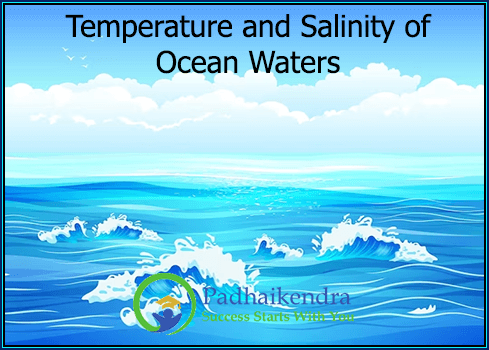The temperature and salinity of ocean waters are two of the most important physical properties of the ocean. Temperature refers to the measure of the average kinetic energy of the molecules in the water, while Salinity refers to the amount of dissolved salts and other inorganic materials in the water.
Temperature and salinity are closely related, as changes in one property can affect the other. Warm water is typically less dense than cold water, and water with a higher salt concentration is denser than water with a lower salt concentration. As a result, changes in temperature and salinity can affect ocean circulation patterns, as well as the distribution of nutrients and other important elements in the ocean.
The temperature and salinity of ocean waters vary depending on a variety of factors, including latitude, depth, and the presence of ocean currents. Generally, surface waters near the equator are warm and have a low salinity due to high rates of evaporation, while waters near the poles are cold and have a high salinity due to low rates of evaporation and high rates of precipitation.
In the ocean, the layers of water with different temperature and salinity properties can form distinct zones or layers called thermoclines and haloclines, which can affect the distribution of marine organisms and the cycling of nutrients in the ocean. Scientists use a variety of tools and techniques, such as temperature and salinity sensors and oceanographic research vessels, to study these important physical properties of the ocean.





